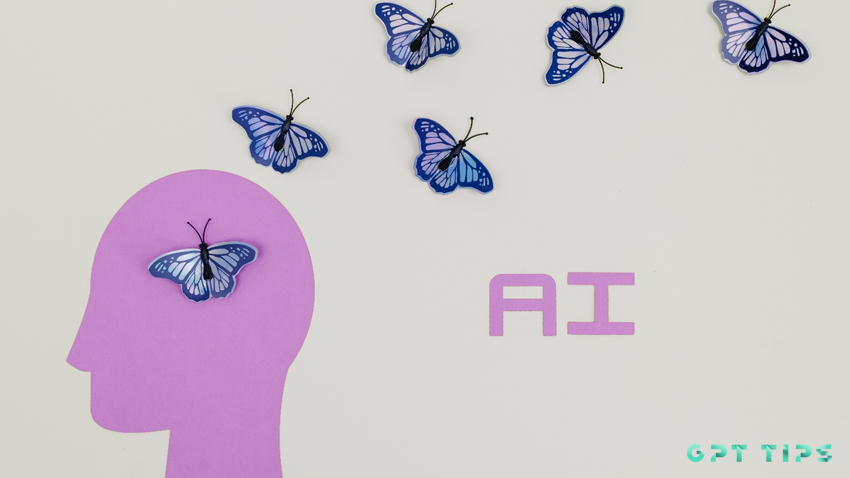As an AI language model, ChatGPT is capable of generating a wide range of responses to user inputs. However, users can personalize their interactions with the AI chatbot by following these tips:
- Train ChatGPT with your own dataset: The AI tool can be fine-tuned with your own dataset to generate responses that are specific to your domain or use case. This requires some programming knowledge, but tutorials and tools are available to guide users through the process.
- Use prompts and keywords that reflect your interests: When engaging with the AI language assistant, users can provide prompts and keywords that reflect their interests or the topics they want to explore. By doing so, the text prediction model can generate responses that are tailored to their needs.
- Adjust the length and tone of responses: the conversational AI can generate responses of varying lengths, from short and concise to longer and more detailed. Users can also adjust the tone of responses to be more formal or informal, depending on the context of the conversation.
- Provide feedback to improve ChatGPT: the NLP model can learn from user feedback, so providing feedback on the quality and relevance of its responses can help improve its performance over time.
- Customize the user interface: Some ChatGPT implementations allow users to customize the user interface, such as changing the color scheme or font. This can make the interaction with the AI assistant more personalized and enjoyable.
In summary, users can personalize their interactions with ChatGPT by training it with their own dataset, using prompts and keywords that reflect their interests, adjusting the length and tone of responses, providing feedback to improve its performance, and customizing the user interface.
Subscribe for the latest news & updates.


Leave a Comment